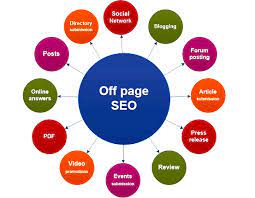The Ultimate GuideTo Optimising Content For SEO
In the ever-evolving digital landscape, optimising content for SEO remains a cornerstone for online visibility and success.
With millions of websites competing for attention, mastering the art of optimising content for SEO is crucial for any business whether a small plumbing company or a large global brand like Facebook.
From crafting compelling copy to leveraging technical strategies, here’s a comprehensive guide to optimising content for SEO.
Understanding SEO Fundamentals:
Before diving into optimisation techniques, it’s essential to grasp the fundamentals of SEO:
- Keywords: Identify relevant keywords and phrases that your target audience is likely to search for. Tools like Google Keyword Planner, SEMrush, or Moz Keyword Explorer can assist in this process.
- User Intent: Consider the intent behind each keyword. Are users looking for information, products, or services? Tailor your content to align with their intent.
- On-Page SEO: This includes optimising elements directly on your web pages, such as title tags, meta descriptions, headers, and URL structures.
- Off-Page SEO: Off-page factors like backlinks from authoritative websites play a significant role in search engine rankings.
Optimising Content For SEO:
- Quality Content Creation:
- Unique and Valuable: Create content that provides value to your audience and stands out from your competitors.
- Keyword Integration: Incorporate primary and secondary keywords naturally throughout the content, including headings, body text, and image alt tags.
- Readability: Write in a clear, concise manner that is easy for users to understand. Use short paragraphs, bullet points, and subheadings to improve readability.
- Engaging Multimedia: Supplement text with engaging multimedia such as images, videos, infographics, and interactive elements to enhance user experience.
- Optimising On-Page Elements:
- Title Tags: Craft compelling and descriptive titles containing relevant keywords to attract clicks.
- Meta Descriptions: Write concise meta descriptions that summarize the content and entice users to click through.
- Headers (H1, H2, etc.): Use headers to structure content logically and include keywords where appropriate.
- URL Structure: Create SEO-friendly URLs that are descriptive and contain relevant keywords.
- Mobile Optimisation:
- Ensure that your website and content are optimised for mobile devices, as Google prioritizes mobile-friendly websites in search results.
- Use responsive design, optimise page speed, and prioritize user experience on mobile devices.
- Schema Markup:
- Implement schema markup to provide search engines with additional context about your content, such as product information, reviews, and events.
- Schema markup can enhance rich snippets in search results, improving click-through rates.

Technical SEO Optimisation:
- Site Speed Optimisation:
- Improve page load times by optimising images, leveraging browser caching, minifying CSS and JavaScript, and using content delivery networks (CDNs).
- Google’s PageSpeed Insights can identify areas for improvement.
- Crawlability and Indexability:
- Ensure that search engine bots can crawl and index your website effectively.
- Use robots.txt to control which pages are crawled and indexable, and fix any crawl errors reported in Google Search Console.
- Site Structure and Navigation:
- Design a clear and intuitive site structure that makes it easy for users and search engines to navigate.
- Use internal linking to distribute link equity and help search engines discover and index content.
- HTTPS and Security:
- Secure your website with HTTPS to protect user data and improve search rankings.
- Google considers HTTPS as a ranking factor and may prioritize secure sites in search results.
Off-Page SEO Strategies:
- Link Building:
- Earn high-quality backlinks from authoritative websites in your industry.
- Focus on natural link acquisition through guest blogging, content promotion, influencer outreach, and networking.
- Social Media Engagement:
- Build a strong social media presence to increase brand visibility and attract traffic to your website.
- Share content regularly, engage with your audience, and encourage social sharing.
- Online Reputation Management:
- Monitor and manage your online reputation by responding to reviews, addressing customer feedback, and maintaining a positive brand image.
- Positive reviews and mentions can indirectly impact search rankings and brand credibility.

Analyzing and Iterating:
- Monitor Performance:
- Use tools like Google Analytics and Google Search Console to track website traffic, user behavior, and search performance.
- Monitor keyword rankings, organic traffic trends, and conversion metrics to assess the effectiveness of your SEO efforts.
- Continuous Optimisation:
- Regularly audit and optimise your content and SEO strategies based on performance data and industry trends.
- Stay updated with algorithm changes and best practices to maintain competitiveness in search rankings.
- Experimentation and Testing:
- Test different SEO strategies, content formats, and promotional tactics to identify what resonates best with your audience.
- A/B testing can help optimise elements such as titles, meta descriptions, and call-to-action buttons for maximum impact.
Difference Between Optimising Content For Organic and local SEO?
Organic SEO and local SEO are both essential components of any comprehensive digital marketing strategy, but they serve different purposes and target distinct audiences.
Understanding the differences between the two can help businesses tailor their strategies to maximize their online visibility and attract relevant traffic.
Organic SEO focuses on optimising a website to rank higher in search engine results pages (SERPs) for relevant keywords and phrases. It involves techniques such as keyword research, on-page optimisation, content creation, link building, and technical optimization.
The goal of organic SEO is to increase a website’s visibility and attract organic (non-paid) traffic from users searching for related topics or products globally or nationally. Organic SEO is essential for businesses looking to establish authority, credibility, and long-term online presence.
On the other hand, local SEO is specifically targeted at improving a website’s visibility in local search results. It aims to connect businesses with local customers who are actively searching for products or services in their vicinity.
Local SEO strategies include optimising Google My Business profiles, local keyword targeting, acquiring local citations, generating positive reviews, and ensuring consistent NAP (Name, Address, Phone number) information across online directories.
The primary objective of local SEO is to drive foot traffic to physical locations or encourage local customers to contact or visit the businesses like carpeters or electricians locally.
While organic SEO casts a wider net and targets a broader audience, local SEO narrows the focus to a specific geographic area. For brick-and-mortar businesses or those serving specific regions, prioritising local SEO is crucial for attracting relevant leads and converting them into customers.
However, businesses with a global or national reach shouldn’t neglect organic SEO efforts, as they are essential for building brand awareness and capturing a broader audience.
In summary, organic SEO is geared towards improving overall search engine visibility and attracting a wide audience, while local SEO aims to enhance visibility in specific geographic areas and connect businesses with local customers.
Both are valuable components of a comprehensive digital marketing strategy, and businesses should invest in both to maximize their online presence and drive relevant traffic and conversions.
Conclusion:
Optimising content for SEO requires an approach encompassing content creation, technical optimisation, off-page strategies, and continuous analysis.
By understanding the fundamentals of SEO, crafting high-quality content, and staying abreast of industry trends, businesses and individuals can improve their search visibility, attract organic traffic, and achieve their online objectives in an increasingly competitive digital landscape.
We hope that you got some value from reading this blog post. If you have any questions about optimising content for SEo or need any help with your website SEO, contact us here.

